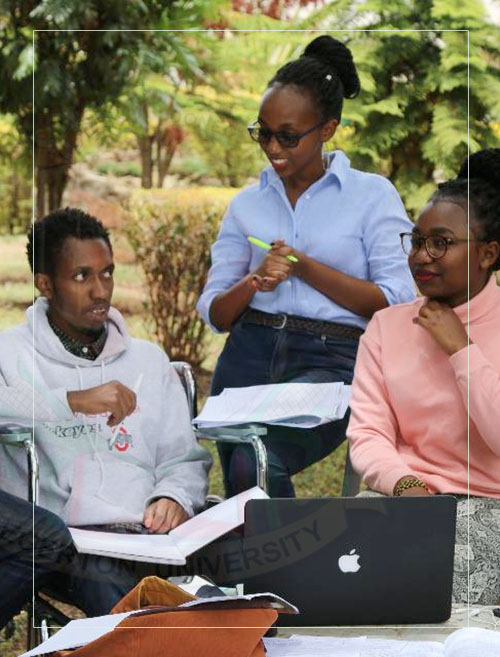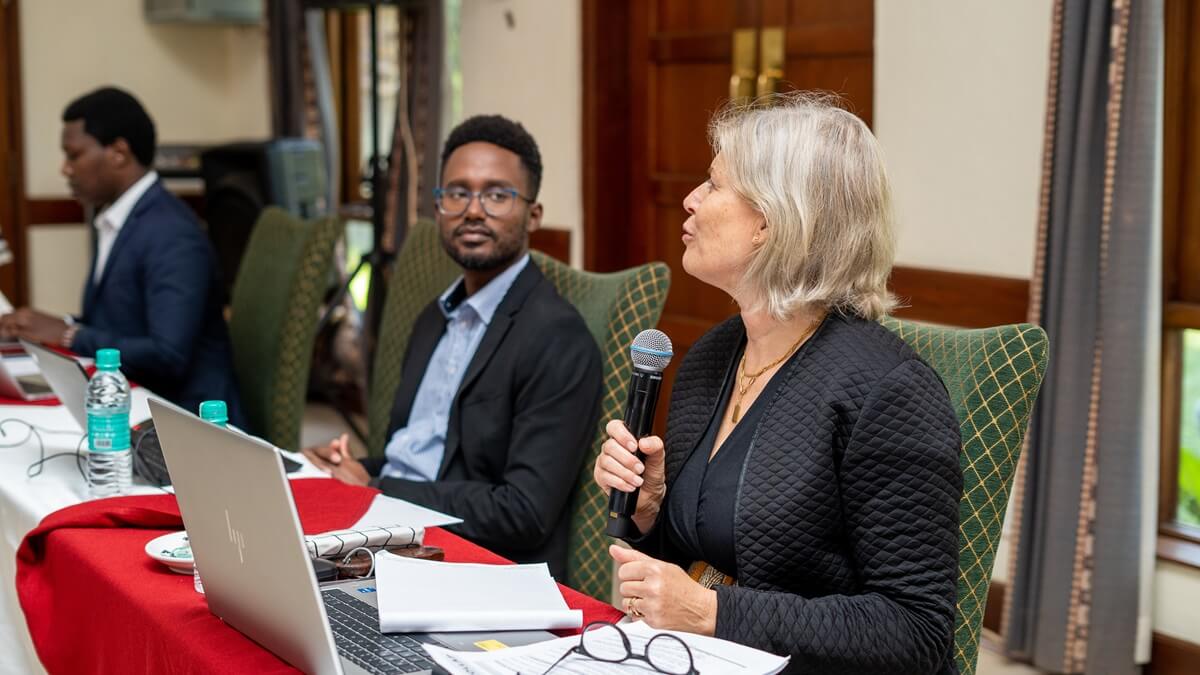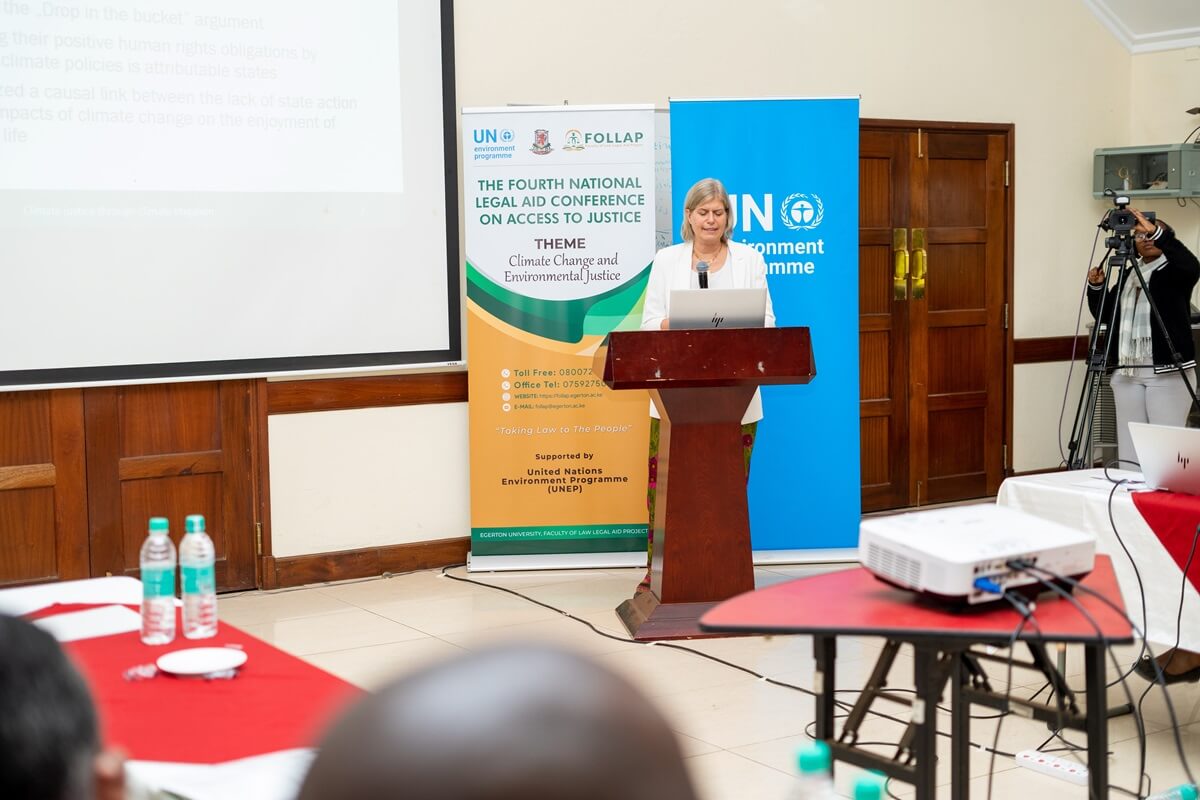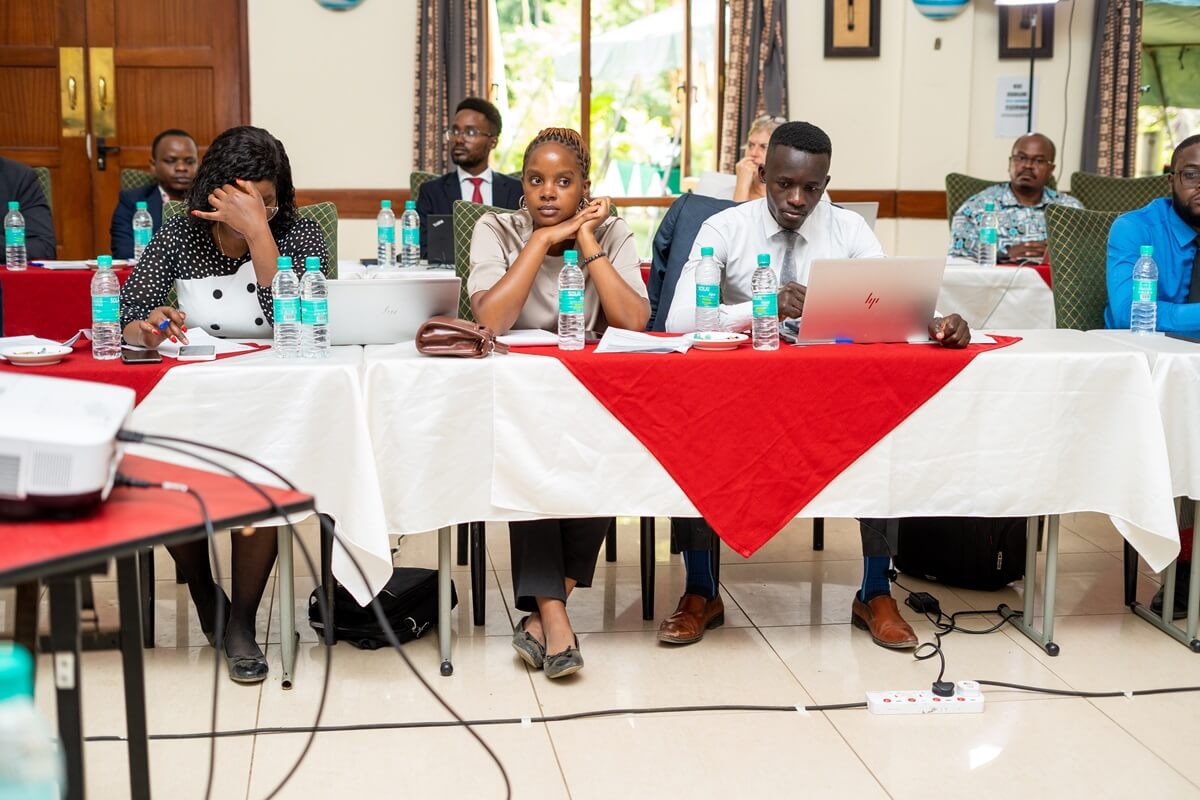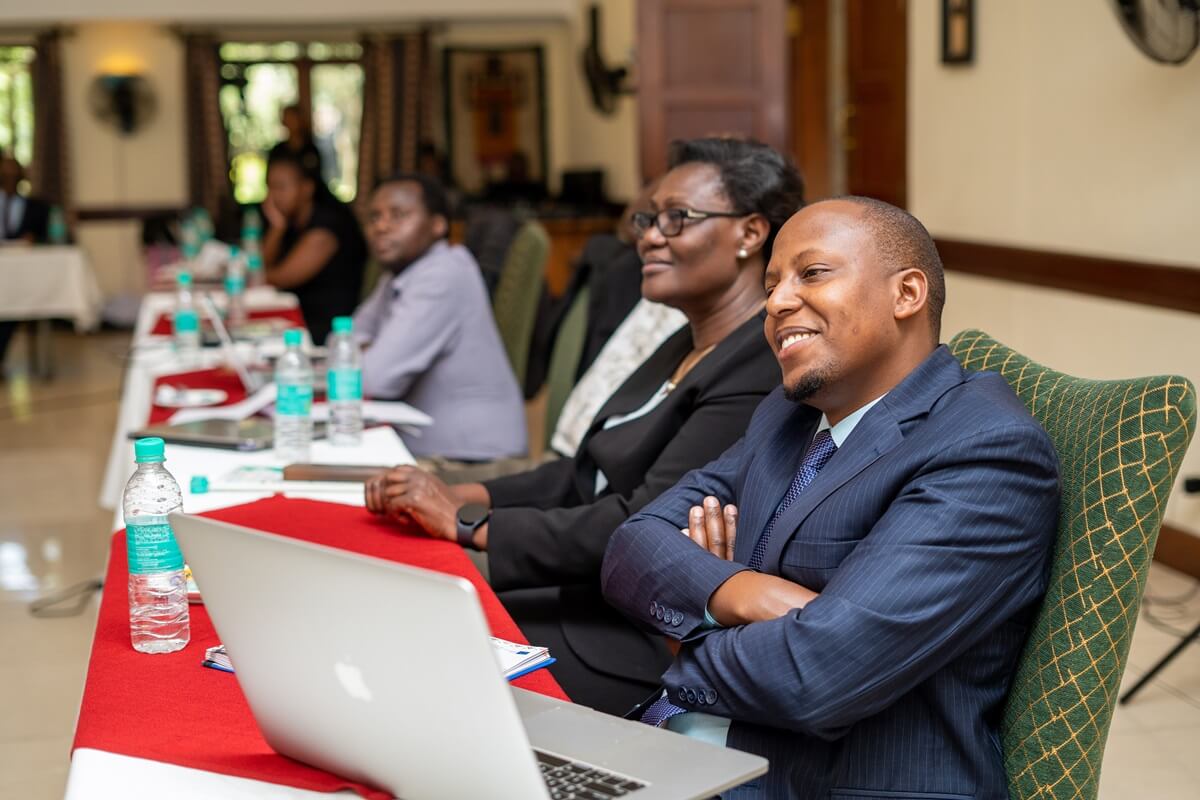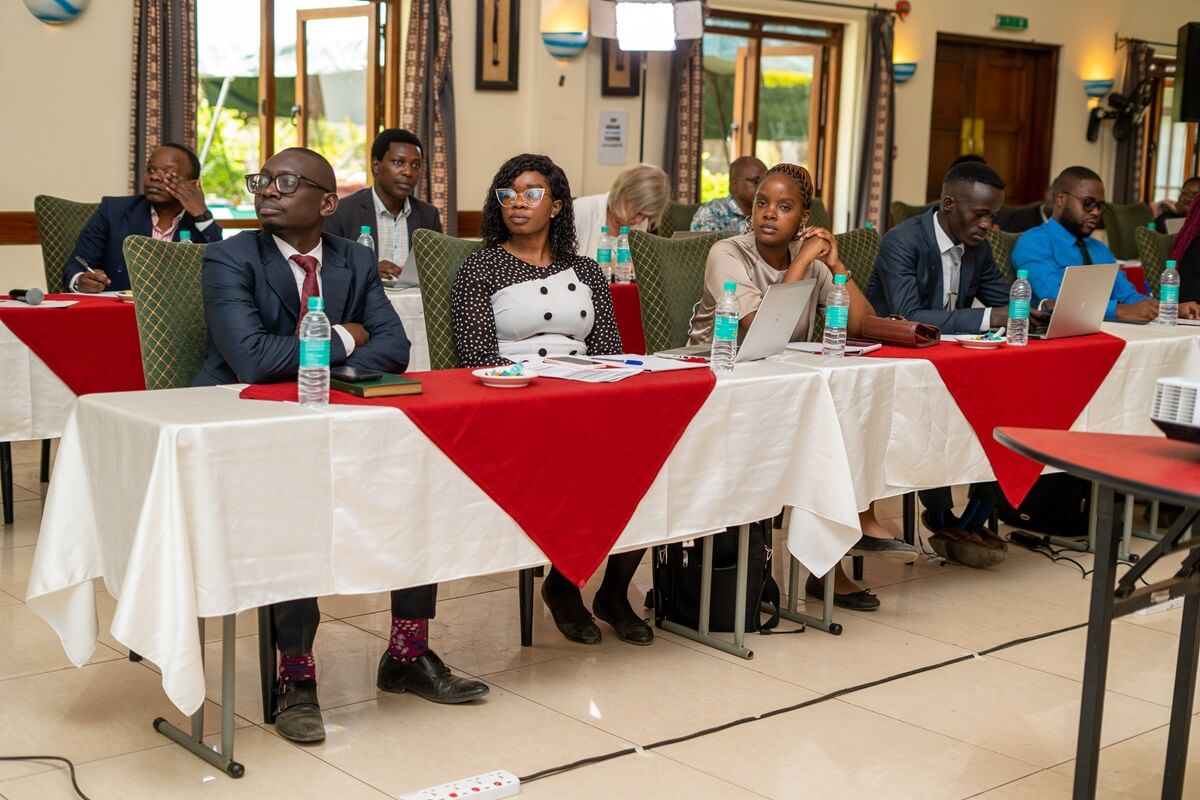Naivasha, Kenya:
By Kurian Musa
Scholars, legal practitioners, and environmental advocates gathered at the 4th Faculty of Law Conference, held at Simba Lodge in Naivasha, Kenya, in partnership with UNEP-Africa, to address climate justice. This year’s conference theme is“Climate change and environmental Justice Justice,” a topic that attracted scholars beyond Africa.
In her presentation that delved around the question: “Do the 2024 European Court of Human Rights’s (ECtHR) Climate Judgments Point the Way or Show the Limits?” Professor Dr. Gudrun Zagel from Paris-Lodron University Salzburg, Austria, examined pivotal climate litigation cases heard by the ECtHR in April 2024. She provided a comprehensive analysis of these cases, highlighting their implications for climate justice on an international scale.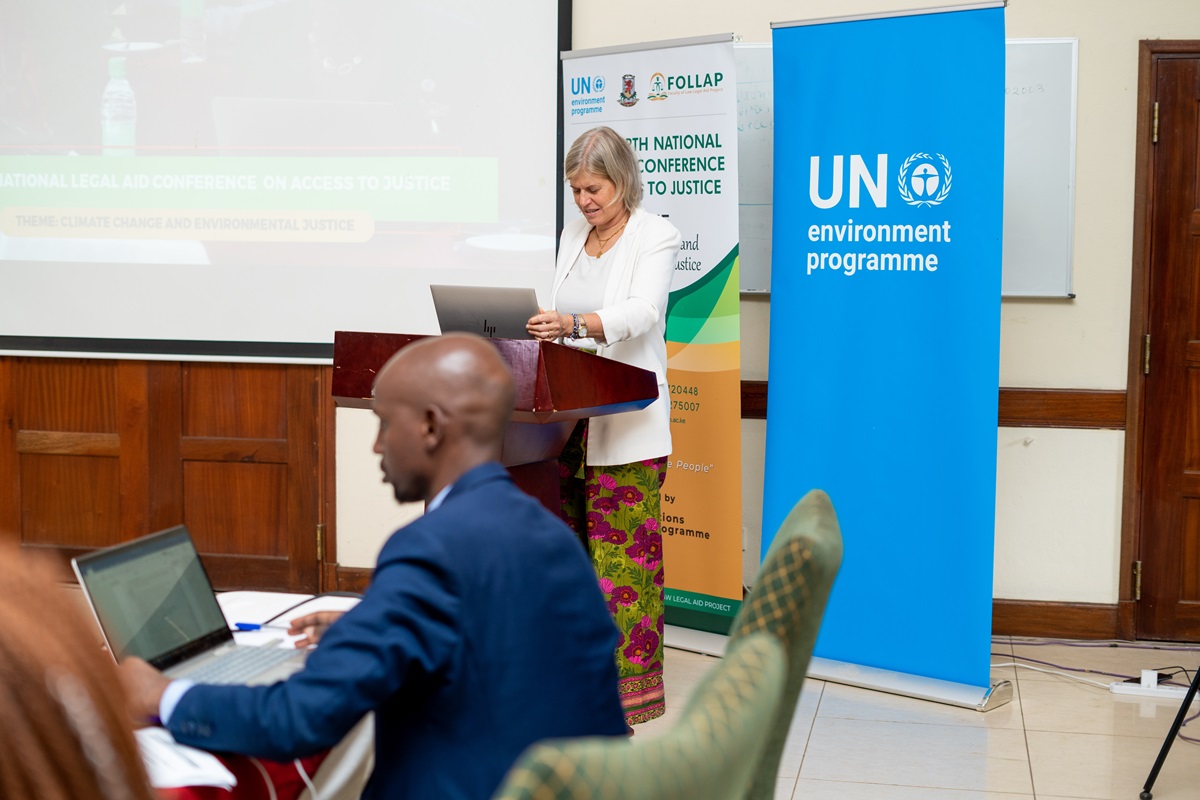
Prof. Dr. Gudrun Zagel from Paris-Lodron University Salzburg presents on climate justice through climate litigation at the Egerton University 4th Faculty of Law Conference in Naivasha, Kenya, on October 23, 2024, highlighting recent European Court of Human Rights rulings that emphasize state accountability in climate action. (Photo by Kurian Musa/Egerton University)
Prof. Zagel’s presentation underscored how climate litigation through the ECtHR has evolved, using cases such as Verein KlimaSeniorinnen v. Switzerland, Careme v. France, and Duarte Agostinho v. Portugal and 32 other European States to illustrate both advancements and limitations in achieving climate justice through the court. “These cases underscore the need for states to fulfill their human rights obligations actively through effective climate policies,” Zagel noted, emphasizing how the court has recognized climate change as a fundamental threat to human rights, particularly the right to a private and family life under Article 8 of the European Convention on Human Rights (ECHR).
The conference highlighted that the ECtHR’s recent climate judgments demand accountability from governments, challenging the “drop in the bucket” argument that individual states’ actions are too small to make an impact. The court’s ruling in Verein KlimaSeniorinnen, for instance, placed a clear responsibility on Switzerland to adopt more rigorous measures to mitigate greenhouse gas (GHG) emissions. According to Prof. Zagel, the decision has prompted the Swiss government to permit associations, like KlimaSeniorinnen, to file climate-related lawsuits, empowering civil society groups to hold governments accountable.
However, the conference also addressed significant procedural and material challenges within ECtHR climate litigation. The requirement that applicants exhaust local remedies before bringing their cases to the ECtHR creates barriers, particularly in the context of climate change where immediate action is often essential. Prof. Zagel explained that while the ECtHR judgments set a high bar for government accountability, the court’s subsidiary role limits the scope and speed with which it can enforce effective climate action. As a result, the ECtHR’s approach is seen as incremental rather than transformative, sparking debate on whether climate litigation through the court can meet the urgency of the climate crisis.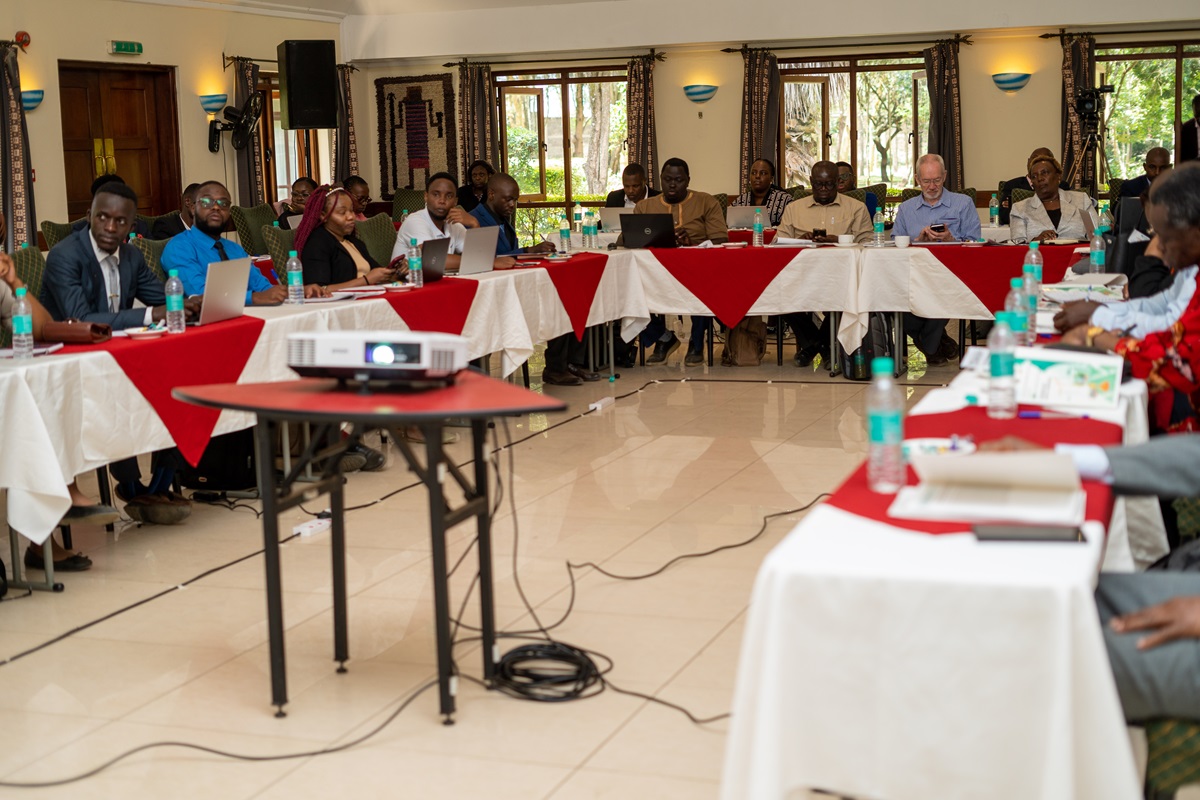
Participants attentively follow Prof. Dr. Gudrun Zagel’s presentation on climate justice through climate litigation at the 4th Faculty of Law Conference in Naivasha, Kenya, on October 23, 2024, as she discusses the impact of European Court of Human Rights rulings on state responsibility in climate action. (Photo by Kurian Musa/Egerton University)
The court's rulings in these cases delineate between individuals and associations regarding their eligibility to seek protection under climate-related rights. While individuals must demonstrate direct and personal harm due to climate impacts, associations are afforded a broader mandate. These groups are able to represent vulnerable populations without needing to prove victim status, allowing them to advocate more effectively for comprehensive climate policies.
Zagel emphasized that while the ECtHR has made strides by linking climate action with human rights protections, the long duration of national and international proceedings means that climate litigation may be insufficient as a standalone tool for immediate climate justice. Additionally, judgments are binding only between the litigating parties, which limits their potential to drive systemic, global change.
“Despite the procedural hurdles and the inherent limitations of the court, these cases symbolize a vital step in recognizing the role of human rights in the climate crisis,” Zagel concluded. “The challenge remains to complement this legal recognition with robust and universally applicable climate policies.”
The conference underscored the role of regional and international courts in fostering climate justice while advocating for more integrated approaches. With mounting pressures on governments to take more decisive climate action, experts at the event agreed that while climate litigation in the ECtHR signals progress, it must be complemented by comprehensive policy shifts for meaningful impact on global climate justice.




